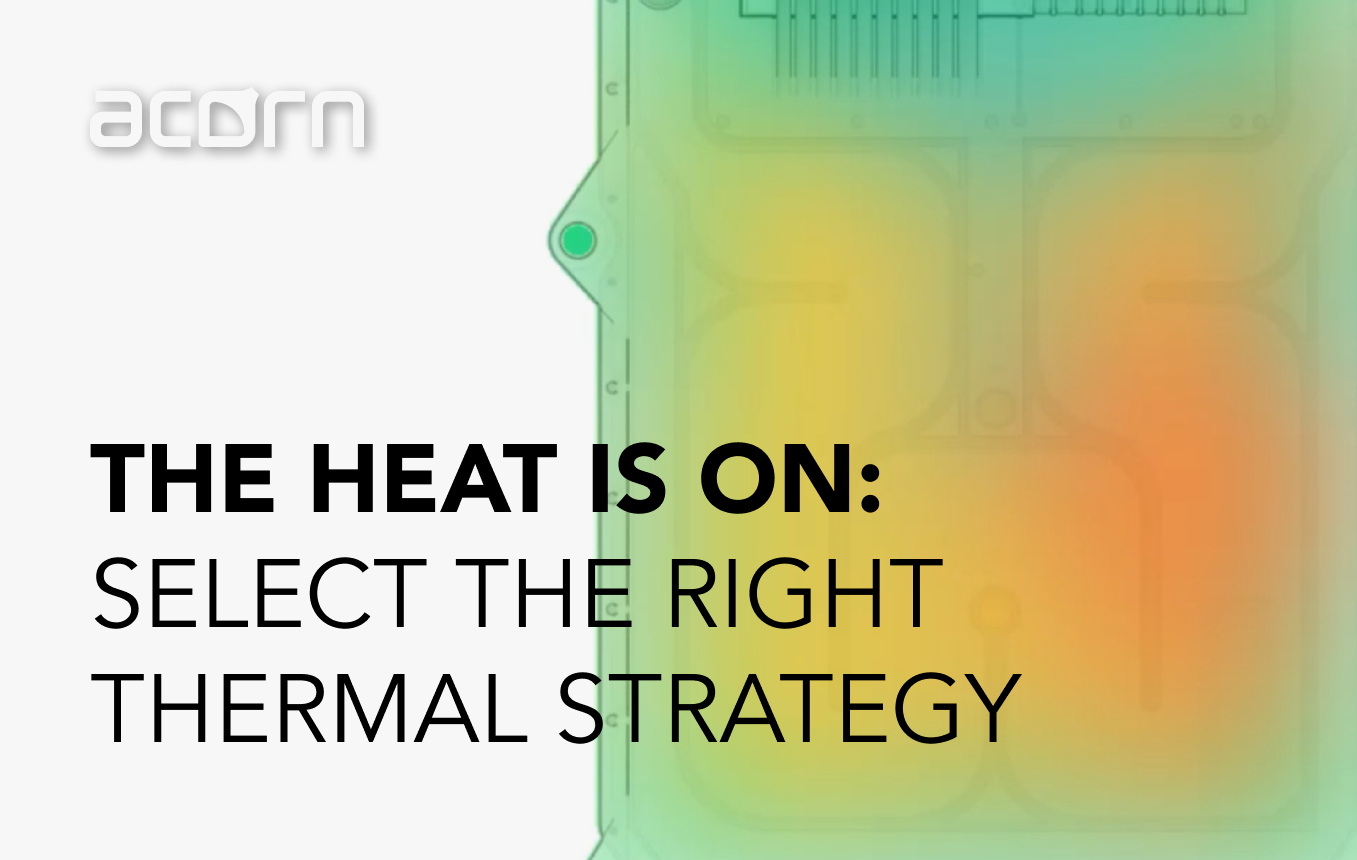Current Trends/Issues in Medical Product Development
Acorn recently participated in a two-day summit focused on medical device development with companies such as Abbott, Baxter Healthcare, Hologic, Carl Zeiss, and others attending. We want to share some of the trends and issues that were on the minds of the attendees, along with our observations.
Cybersecurity
As more medical devices incorporate connectivity for efficiency in information transfer, reducing human error, and remote diagnosis and collaboration, they become targets for bad actors. One speaker noted that patient medical files (PMF’s) are $20 each on the black market vs. $1 for a credit card number. Hacks can also be directed at the system level, holding both data and functionality of the system hostage until a ransom is paid. There are regulatory/compliance processes in place, but companies are needing to continually invest in both designing for security, as well as testing, and plans to support field upgrades to close potential security loopholes that may not have been identified when the product was initially deployed. Budgeting at least 10% if the total product development cost, along with ongoing costs/resources to address new threats as they arise.
Artificial Intelligence for Medical Devices
AI has been making significant strides in the last few years, particularly as computational power continues to improve to the point where AI based systems can be affordable and compact. In the medical device area, AI has the potential to reduce the amount of coding necessary (which can reduce the number of errors), as well as enabling the device to continually improve its capabilities. In one example, AI is being used to trace organs around the pancreas in order to protect them during pancreatic cancer treatment. Rather than writing very complex code, the AI based system is being trained to identify the organs to be avoided using over 200,000 images. The system will then be tested using a separate 20,000 images (i.e, images that are not part of the training).
FDA and Regulatory
No medical device summit would be complete without some discussion over FDA and regulatory compliance issues, particularly around speeding up the process in the U.S. While Fast Tracking has long been used to accelerate orphan-type products (i.e., products that address a critical need with no current solution), the FDA is also looking at ways to “pre-certify” products as a way to speed up approval. The specific approaches vary depending on whether the product is purely software, or a combination of software and hardware. New standards are in the process of being released to address the explosion of software-based diagnostics (including ones that run on smartphones). The FDA is also jumping into the world of AI based products, approving an AI-based software diagnostic for diabetic eye retinopathy.
Value Engineering/Cost Reduction
Many companies are faced with increasing cost pressure for their products, and the medical device industry is no exception, particularly given the negative press around the rising cost of healthcare. Manufacturing/operations groups are often tasked with the responsibility to reduce costs – typical measures are negotiating better prices with suppliers, but this can only go so far. The original engineering group that developed the product are generally focused on developing the next product, so many companies develop value engineering groups within the manufacturing organization to reduce cost. The challenge here is that it takes time for those groups to understand enough about the product when design changes are required. Those groups are also often staffed with manufacturing engineers vs. design engineers.
One solution here is to couple the value engineering team with a design engineering team that has experience in that type of product design. The latter could meet with the original engineering team to understand the critical areas of the design, and then work with the value engineering team to implement cost reduction changes. Those changes would be reviewed with the original design team prior to implementation. This approach provides minimal disruption to the original design team’s current efforts, while helping the value engineering team achieve its goals.




